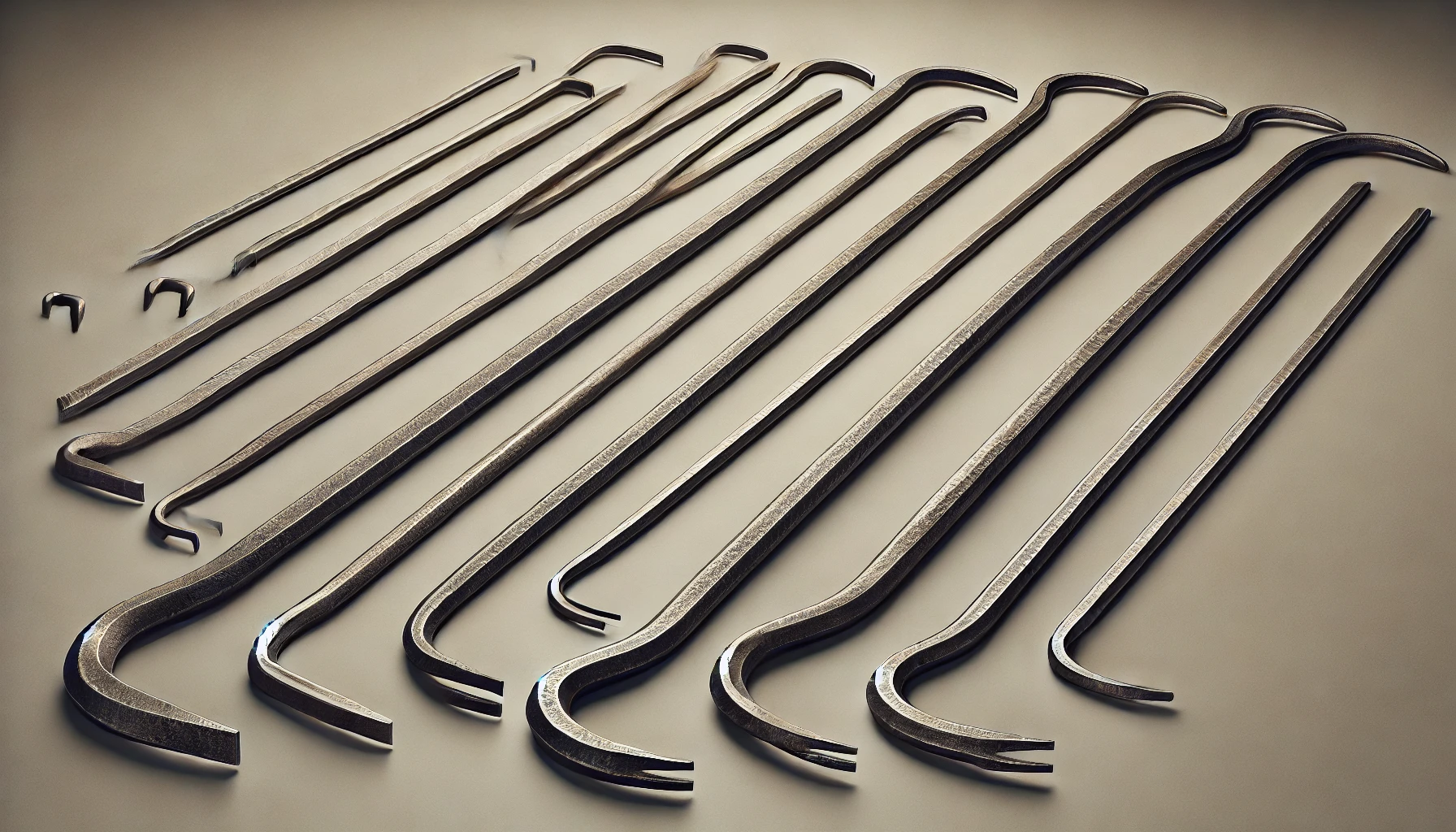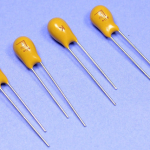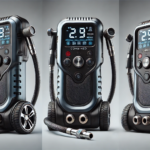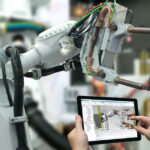
Introduction
Crow Bars, often written as “crowbars”, are one of the most versatile hand tools in any toolkit. Their sturdy design, ability to generate leverage, and multifunctional applications make them invaluable in multiple sectors and even everyday tasks. Understanding their different materials, types, and applications can help users select the right crowbar for their needs. This blog post covers the materials used to make crowbars, the different types available, and the wide range of tasks they are used for.
Introduction to Crow Bars: Definition and Purpose
Crow bars, also called wrecking bars or pry bars, are simple, hand-held tools designed to apply leverage to remove nails, pry apart objects, or move heavy loads. These tools feature a robust design that makes it easy to pry, lift, or move objects with minimal effort. Additionally, these metal bars have long, sturdy metal shafts with a flat, wedge-shaped head at one end. These ends also feature flattened points, often with small fissures on one or both ends for effective removal of nails. A crowbar comes in varied sizes and shapes, ranging from short and longer ones to straight, curved or hooked crowbars; each optimised for specific applications.
Common Materials Used to Construct Crow Bars
The material used to make a crowbar is crucial to its durability and performance. Moreover, the choice of material ensures the tool’s durability, strength, and effectiveness. Below are some common materials:
Carbon Steel – Most crow bars are made from carbon steel due to their strength and wear-and-tear resistance. This material can withstand the force needed to pry apart heavy objects without bending or breaking, making it ideal for heavy-duty applications.
Stainless Steel – Stainless steel is a popular material known for its robust corrosion resistance. Stainless steel crowbars are preferred in outdoor or marine applications where they are exposed to moisture and salt.
Titanium – Titanium crowbars are lightweight, yet robust tools; however, they are rare and typically used in specialised industries. They are lighter than steel and are common in scenarios where weight but durability are concerns, such as in aerospace or underwater operations.
Aluminium – Aluminium is a lightweight material that makes crowbars too easy to handle. Aluminium wrecking bars are suitable for applications that require frequent lifting and moving.
Popular Types of Crow Bars Explained: Finding the Right Choice
Crow bars are categorised into various types based on their shape, design, intended use, and specialised applications. Each type is designed for specific tasks, and understanding these varieties helps you select the right tool for the job. Some standard types include:
Flat Crow Bar – A flat crowbar is a lightweight, thin bar mainly used to pry and pull nails. Furthermore, its thin design makes it ideal for removing moulding or other materials where minimal damage is desired.
Straight Crow Bar – Straight models are the most basic types, featuring a straight handle and a curved head, suitable for multiple tasks.
Wrecking Bar – A wrecking bar is the largest and most robust type of crowbar designed for demolition work. Its heavy weight and long length provide maximum leverage for tearing down structures.
Utility Bar – Utility bars are multipurpose tools that combine the features of flat bars, wrecking bars, and sometimes hammers. They are versatile but may not be as durable in heavy-duty applications.
Aligning Bar – Aligning bars are long, straight bars used primarily for precision work. They help align holes in steel structures or move large objects with robust accuracy.
Pinch Point Bar – This crowbar boasts a pointed tip for wedging into narrow spaces. Moreover, it is often used for heavy lifting or moving objects, as the pointed tip helps you get under objects quickly.
Pipe Wrench Crow Bar – These bars combine the features of a crow bar and a pipe wrench and are helpful in gripping and turning pipes and other cylindrical objects.
Specialty Crow Bars – Specialised crowbars are explicitly designed for specialised tasks and have features like serrated edges, extended handles, or different head angles.
Typical Applications of Crow Bars: Exploring Their Versatility Across Different Sectors
Crowbars are extensively used in a variety of applications, such as:
Demolition Work – Crowbars are commonly used for demolition tasks, such as removing old flooring, tearing down walls, or dismantling wooden structures. Their sturdy design and leverage make them ideal for these tasks.
Construction Tasks – These hand tools are common in construction tasks requiring precision leverage. However, they are used for prying apart materials, lifting heavy objects, and removing fasteners.
Lifting and Moving Objects – Large crowbars can be used as levers to lift or move heavy objects, making them useful in various industries, including moving large machinery or construction materials.
Removing Nails and Fasteners – Specialised crowbars, like the cat’s paw, are designed to pull nails or remove fasteners from wood without damaging the material.
Precision Alignment Tasks – Aligning bars are used for precise tasks such as aligning bolt holes or positioning heavy machinery in industrial settings.
Beyond Professional Tasks: The Role of Crow Bars in DIY Projects
Crowbars are not just for professionals—they’re essential for DIY enthusiasts, too. Whether you’re renovating your home, installing new flooring, or simply dismantling old furniture, a crowbar can make the process easier and more efficient. The versatility of a crowbar means that it can be used in a variety of home improvement projects.
Crow Bars in Specialised Industries and Rescue Situations
Crowbars are also indispensable in many industries, including the automotive industry, mining and excavation, and shipbuilding. They are also valuable in emergencies, such as rescue missions, where they can pry open doors, windows, or other barriers. Their strength and simplicity make them a go-to tool for first responders in life-threatening situations.
Bottom Lines
Crow bars have stood the test of time as one of the most reliable and useful tools across multiple industries. In addition, their ease of use, precision, durability, and versatility make them essential handheld tools, ensuring convenience and safety. Investing in a high-quality crowbar made from the appropriate material will ensure the tool lasts for years, providing the strength and durability needed to tackle tough jobs efficiently.





















